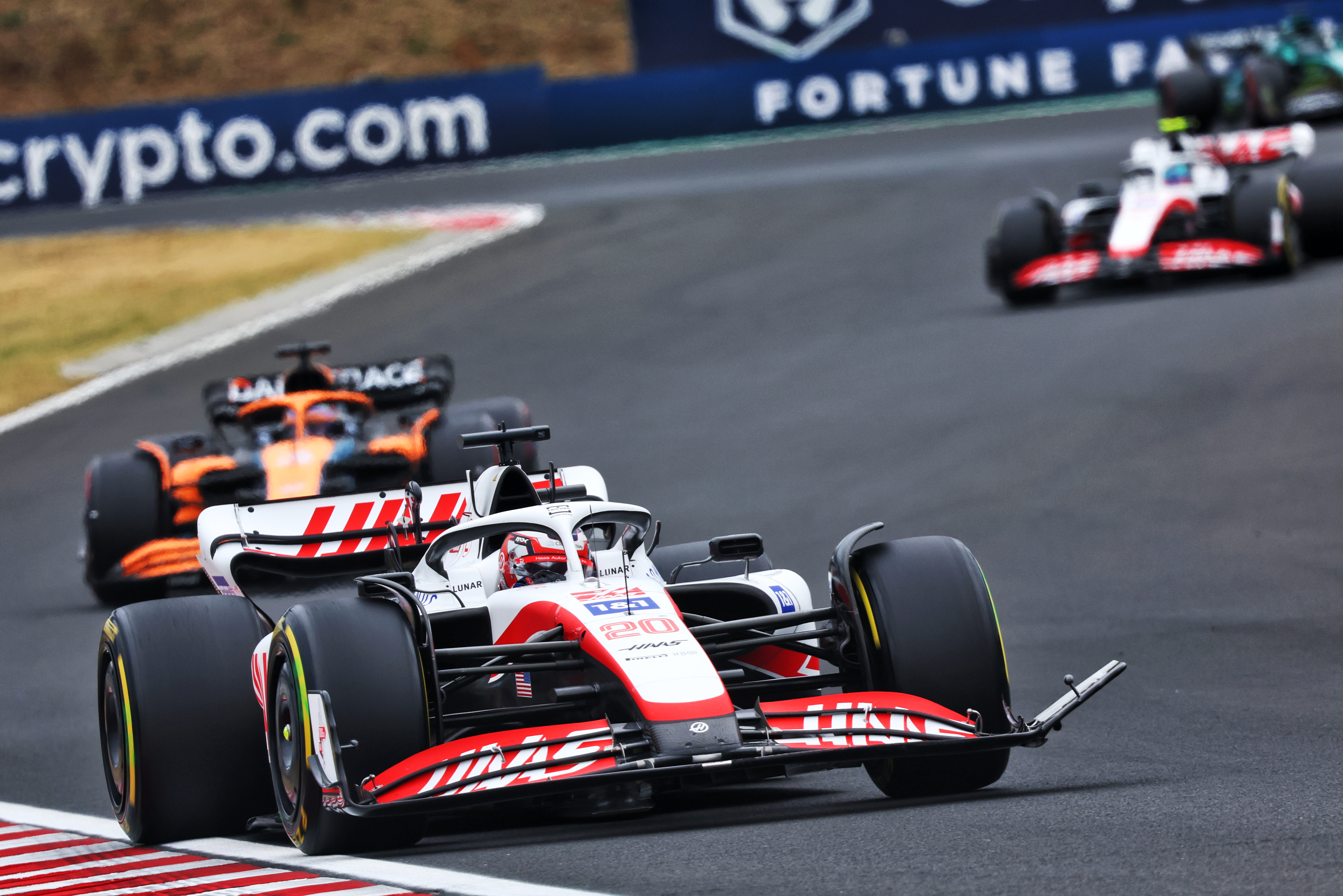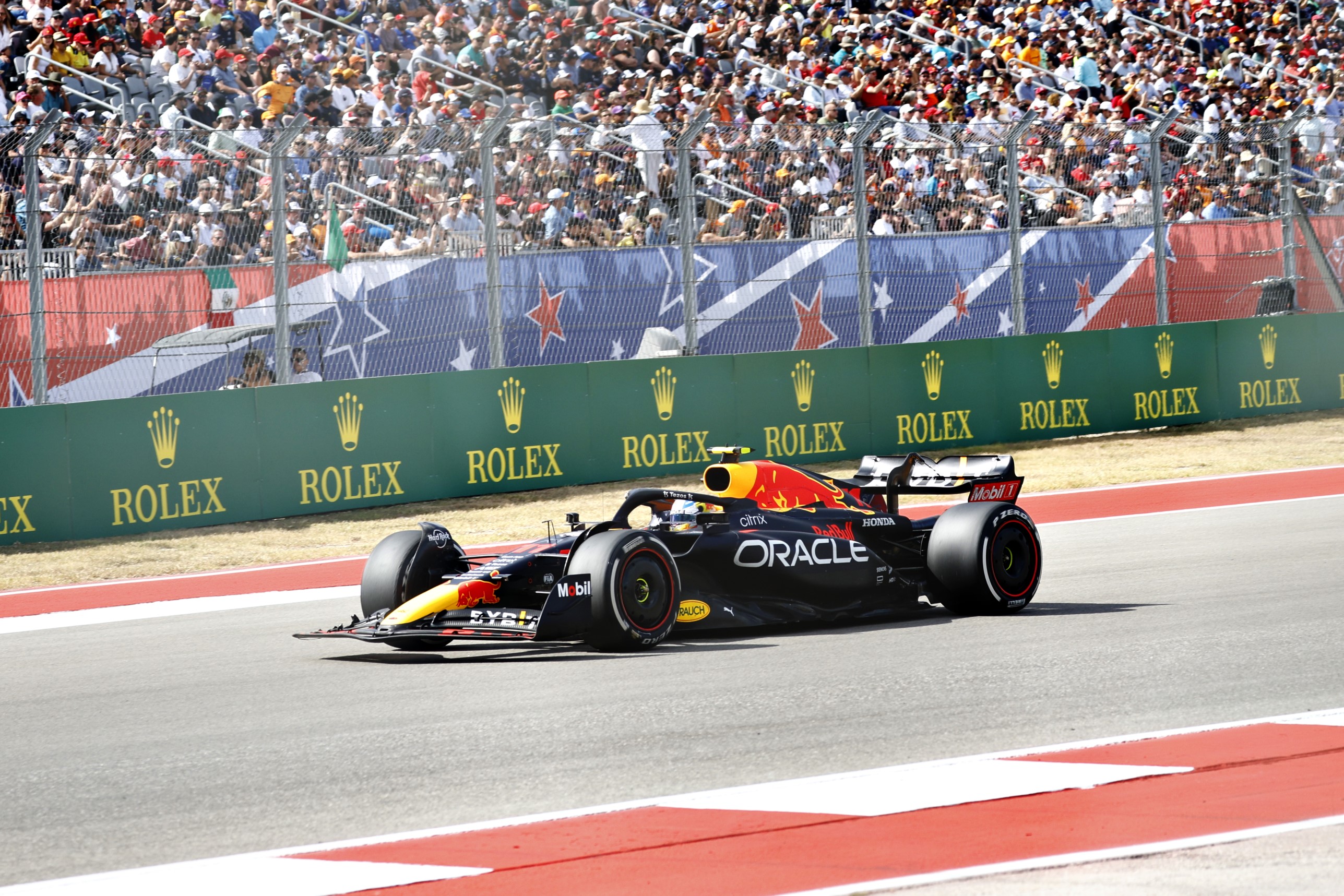Up Next

The Alpine-Haas protests have created Formula 1’s strangest controversy of the season and Fernando Alonso is right to suggest this is an important case for the championship.
Haas’s position is entirely understandable given it stems from frustration about the treatment it has received from race control on three occasions this year.
Kevin Magnussen has thrice been hit with a black-and-orange mechanical warning flag – which requires a driver to stop and have a problem with the car rectified – because the front wing endplate has been left flapping after sustaining minor damage.

Haas has effectively sought clarification and consistency as three of its races have been badly compromised by a strict application of the regulations on the grounds of the car’s safety being questioned, and it felt this was not the case for Alonso in the US.
It also protested Sergio Perez’s Red Bull for continuing with front wing endplate damage early in the race although that was thrown out as the endplate broke off and the FIA was satisfied that the wing was completely safe without it.
That was hardly the most convincing argument. In the Alonso judgement the stewards stressed the responsibility the teams have to ensure their cars are safe.
By that logic, surely Red Bull should have acted in the couple of laps the endplate was flapping about on Perez’s car by pitting him to remove it/replace the wing – as Haas was previously forced to do? And does the fact Red Bull didn’t pit Perez mean it let its car be driven in an unsafe condition?

There are inherent inconsistencies here, almost certainly tied to the fact that Niels Wittich was race director in the US but every time Haas encountered this problem in the past, Eduardo Freitas was running race control.
That rotation has now ended so maybe longer-term other trends will emerge. Right now it doesn’t help.
Haas’s ire is not without merit. And though the Alonso decision means that any car that sustains wing mirror damage either needs to retire or pit for it to be repaired, however long that takes, maybe that is not necessarily a problem.
Should an F1 car have to always have both wing mirrors? If they are there for safety…then that feels like an acceptable zero-tolerance policy.
But the bigger picture is, yet again, the quality of the decision-making from the officials.
The stewards penalised Alpine and Alonso for race control not doing its job properly.
This is, to paraphrase the stewards’ report, deeply concerning.
And, while it might seem a lower-order worry, this whole saga sets a precedent for teams pursuing penalties for rivals for racing on with damaged cars unnoticed by the officials.
While it is unlikely this would be a particularly common occurrence, it still opens F1 up to more of these drawn-out legal contests and results changing post-race because of tiny infractions.
Ultimately, Haas was perfectly within its rights to challenge the FIA given its experiences this year.
But the way it has been handled has led to an increasingly drawn-out and bizarre scenario that could set some significant precedents for F1.




